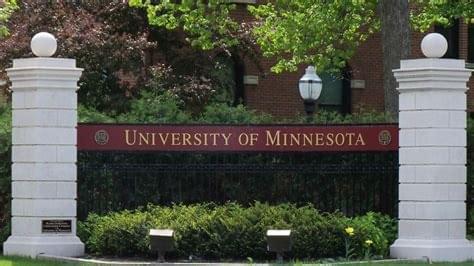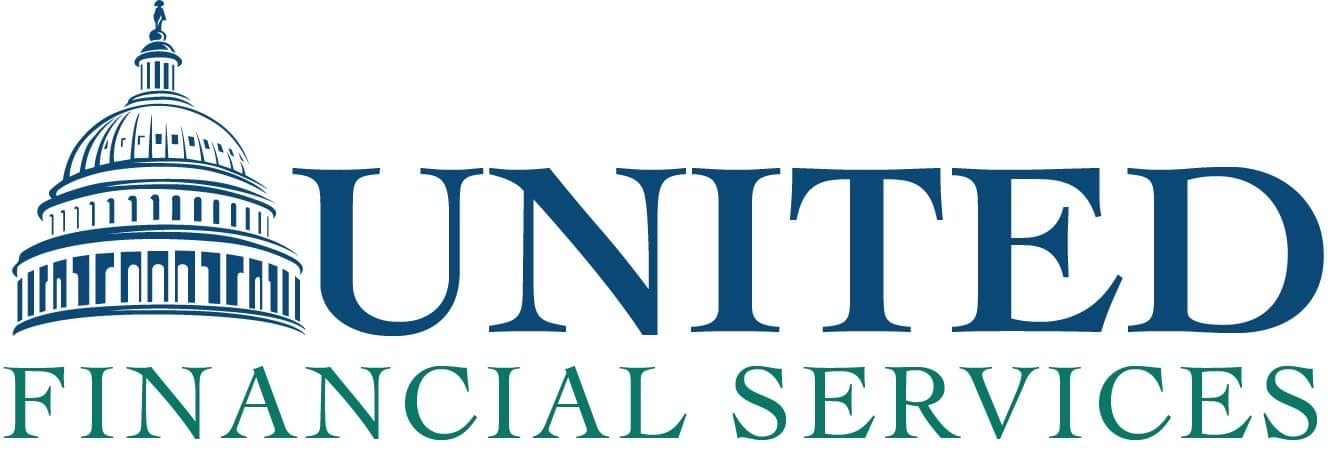by Jim Gaskins

THE STATE OF MINNESOTA PLANS FOR HIGHER EDUCATION
The State of Minnesota has multiple plans for different higher education institutions, and it will depend on which college or university you’re at to tell you what you have and how it works.
Generally, if you’re with one of the state universities, you’ll fall into one of two categories. You’ll be in the Minnesota State Retirement System pension plan, or, if you’re faculty or a teacher, you’ll probably be with the Teachers Retirement Association.
The MSRS system has it’s own pension plan, and it’s fairly straightforward and easy enough to understand. It works as a pension, with no investment or retirement account management on your part. The benefits you receive, or the pension payment in retirement, is defined in advance, based on the number of years of service and your 5 highest years of earning.
TRA works in a similar fashion. You contribute a defined amount, and you received a set payment based on years of service and highest annual salary. However, you also have the option of choosing what’s called a Defined Contribution Plan, which is where you won’t receive a pension, but you’ll be able to manage your own investment account with the potential for greater return in the long run. This contribution goes into an investment account in a similar fashion to a private 401k plan. Your retirement funds are determined by how the markets, or more specifically, how your investments do over time.
The University of Minnesota has two general plans. One is the MSRS pension plan. The other is the Faculty Retirement Plan, which is unique in the state of Minnesota. No other organization has a plan like it. With the FRP, you contribute either 2.5% of your gross income, or 5.5%, depending on when your employment began. Prior to 2010, it will be 2.5%. The university then contributes either 13% (pre-2010), or 10% (post2010) for a total of 15.5%.
This money goes into a tax-deferred 401(a) retirement account with (usually) Fidelity, unless you had a different one from before 2020 and elected to stay with your previous financial company. Fidelity provides options for these investments, which you can find on the U of M website or the Fidelity website.
The Optional Retirement Plan has the added benefit of being able to not only contribute to it after taxes, making it a Roth account, but you’re also not limited by income participation, nor are you limited to the typical $6,000 or $7,000 contribution as would be the case with an outside Roth IRA.
One very important thing to remember, and this applies with nearly all retirement accounts (TRA being the main exception) that are not pension plans. This is also true of the FRP, ORP and 457 plan at the U of M. When you reach the age of 59 years, 6 months, you have the ability to take more control over your retirement and move to protect and manage your fund much more closely. If you’re nearing retirement and you’re this age or older, now is the time to make sure you are safer and in more control over your own assets. Being at the mercy of the market is not the ideal scene. You CAN be in control and protect yourself. Get in touch with us and we’ll put together the right plan for you.
I have personally worked with hundreds of people and families from many different higher education institutions throughout Minnesota. I know the plans and options. I know the Optional Retirement Plans (ORP) as well as the Deferred Compensation Plans (457). They each have their own rules and special aspects to them. Let’s talk about how we can best utilize the options available to you and incorporate them into an overall plan for your own financial future.
